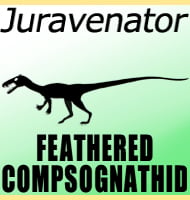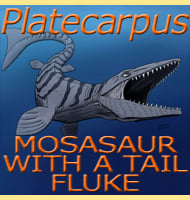Nohochichak
In Depth Nohochichak is a type of ground sloth known to have lived in Mexico during the late Pleistocene. Further Reading - A new genus of megalonychid ground sloth (Mammalia, Xenarthra) from the late Pleistocene of Quintana Roo, Mexico. - Journal of Vertebrate Paleontology. 37 (3): e1307206. - Gregory H. McDonald, James C. Chatters & … Read more

